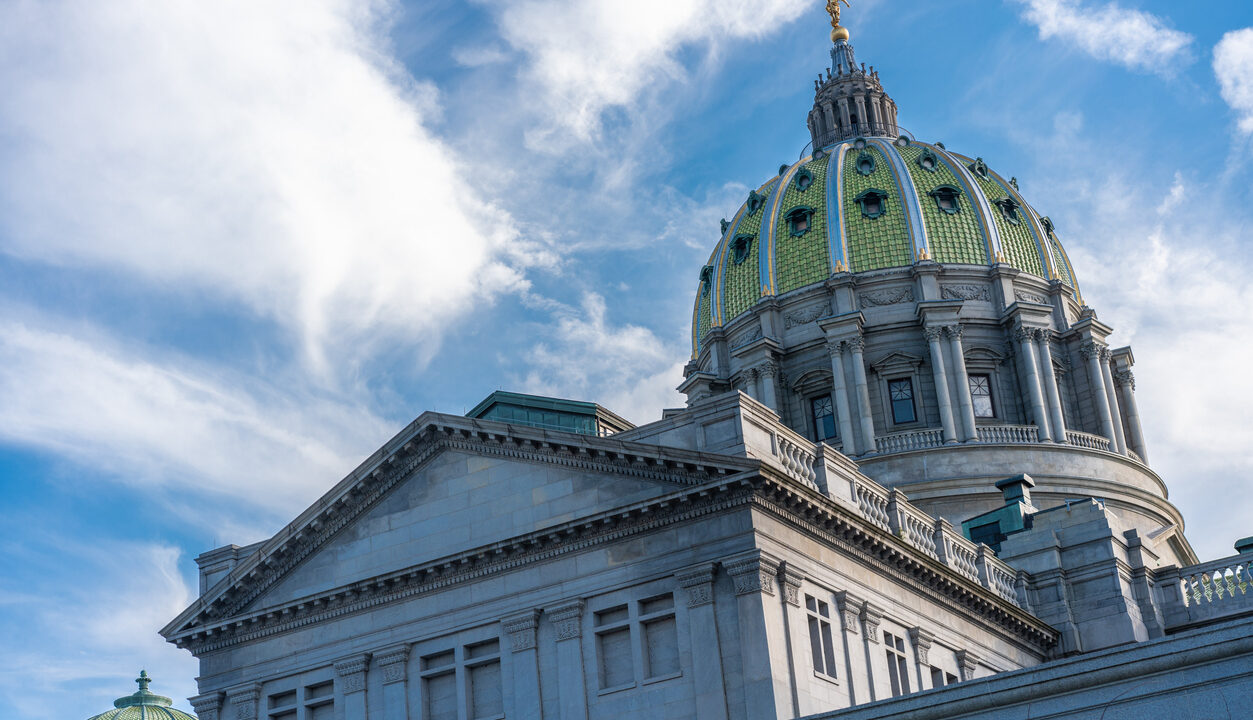Fact Sheet

Shapiro’s Structural Deficit
Summary
- Gov. Josh Shapiro proposed a $48.3 billion 2024–25 General Fund budget, a $3 billion or 7.1 percent spending increase compared to last year’s ongoing general fund spending.
- The proposal overestimates revenue growth and underestimates spending growth compared to projections from the Pennsylvania Independent Fiscal Office (IFO), meaning deficits under Shapiro’s plan may be even higher than projected.
- Shapiro’s budget would balloon the structural deficit to more than $6 billion. His proposed series of startling increases and new initiatives would empty Pennsylvania’s checking account and illegally raid the Rainy Day Fund, necessitating a tax hike of more than $2,000 per family of four.
- Pennsylvania’s aging population and the persistent, troubling outmigration of its working-age residents present long-term budgetary challenges for policymakers. Shapiro’s budget, as proposed, fails to address our economic competitiveness, exacerbating these trends.
Fiscal Challenges
- In the current fiscal year, FY 2023–24, Pennsylvania already operates with a budget deficit. Shapiro’s budget proposes another $4.5 billion in new spending initiatives.
- According to Shapiro’s estimates, his proposal will deplete the General Fund balance during FY 2026–27, at which point lawmakers will have to increase taxes or cut spending.
- Shapiro proposes illegally raiding the Rainy Day Fund by more than $7 billion in the following three years to maintain his unbalanced spending. State law dictates Rainy Day Fund reserves “shall not be used to begin new programs but to provide for the continuation of vital public programs in danger of being eliminated or severely reduced due to financial problems resulting from the economy.”
- Recent credit upgrades by Moody’s and Fitch resulted from the state holding stable budgetary reserves. The Pennsylvania Treasury transferred $898 million to the Rainy Day Fund in November. With the transfer, Pennsylvania has enough reserves—in the case of recession, disaster, or emergency—to fund state government for 48 days. Maintaining these reserves is essential to Pennsylvania’s fiscal health.
- Shapiro’s proposal understates expenditure growth and overstates revenue growth, when compared against IFO projections. The inaccuracies in Shapiro’s proposal hide the true cost of his spending proposals.
- Shapiro’s budget projects almost no K–12 education increases and flat funding of basic education after FY 2024–25, with no increases to higher education funding following a bump to student grant funding in FY 2025–26.
- Shapiro’s revenue estimates outpace the IFO’s by over $850 million in FY 2024–25 and FY 2025–26.
- Pennsylvania’s shifting demographics contribute to this slow revenue growth. The dependency ratio, which measures the number of working adults per senior, will decrease to 2.5 working adults per senior in 2030, down from 3.5 in 2015. Additionally, the state has lost a combined 64,782 residents to other states over the past two years.
- These unrealistic and misleading projections only seem to serve one purpose: To mask the scope of future deficits and the taxes needed to pay for them.
- When accurately accounting for Shapiro’s spending increases, his proposal will all but drain the General Fund balance by 2026, necessitating a tax increase or spending cut, and leave the state with a $6.1 billion deficit in 2028–29. Projections from the IFO and the House Republican Appropriations Committee conclude there will be a structural deficit of $6.4 billion to $6.7 billion under Shapiro’s plan.
- This deficit equates to a tax hike of more than $2,000 per family of four.